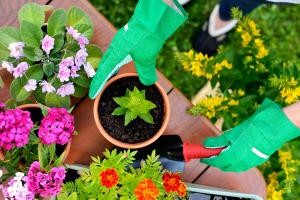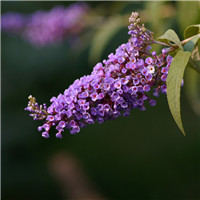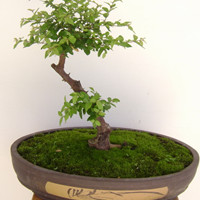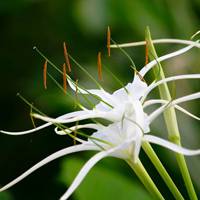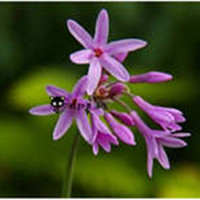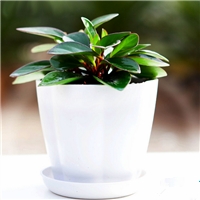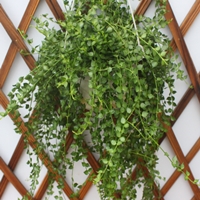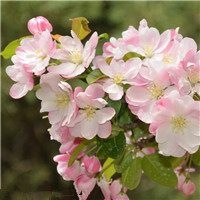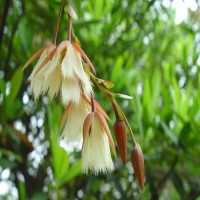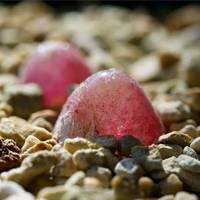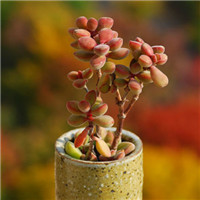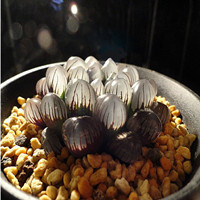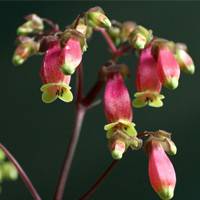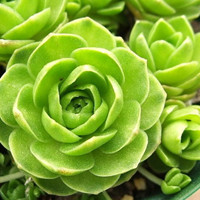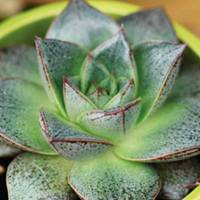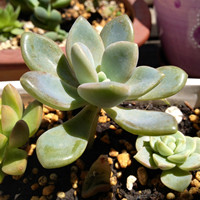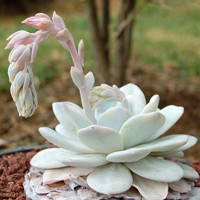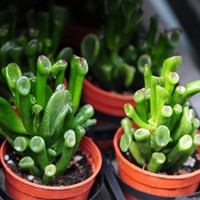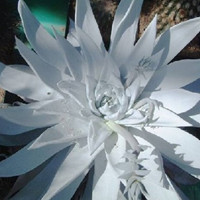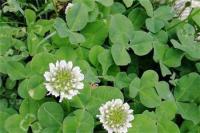Gardenia leaves turn yellow
Alkaline basin soil
Gardenia likes acidic soil. Gardenia yellow leaves are raised in the north, which is likely to be alkaline basin soil
(author: 945424786; source: Baidu knows) solution: method 1: cut off the yellow leaves and irrigate the roots with diluted ferrous sulfate. The dilution ratio of ferrous sulfate is 1:2000 ~ 5000 method 2: if you don't have ferrous sulfate at home, you can drop 1 ~ 2 drops of vinegar when watering next time
Too little watering
in summer, the evaporation is large, and the water demand of gardenia is also large. Many flower friends tend to water less
watering frequency: 1 ~ 2 times a day watering time: after 4 pm every day
Excessive watering
Gardenia likes to be wet, so many flower friends go to water it when they have nothing to do. If they are not careful, they pour too much. Gardenia has yellow leaves...
solution 1: 1. Stop watering and put Gardenia in a well ventilated place to accelerate the evaporation of water 2. Loosening the basin soil on the surface of Gardenia can also speed up the evaporation of water solution 2: 1. If excessive watering has caused rotten roots, gardenia should be removed from the pot first 2. Gently pat off the soil on the root system, and then rinse the root system with clean water 3. Cut off the rotten part of the root with sharp scissors, then apply carbendazim on the wound and dry it in the shade 4. Prepare nutritious soil and put it in the basin again ~
Rose yellow leaf
Diseases and insect pests cause yellow leaves
the diseases and insect pests of rose have always been a big problem in the hearts of many flower friends! Every year in summer, we should be in full readiness for fear of any problems
solution: 1. Once the yellow leaves of rose are found, carefully check the leaves, cut off all the yellow leaves and burn them 2. Then spray all leaves and stems carefully with disinfectants such as carbendazim 3. If it is an insect pest, it can be sprayed with special insecticides, such as the commonly used Flower God, jinmanzhi, laifulu and damiling
Too little watering
roses must be watered more in summer, otherwise they will easily become wilted and yellow leaves due to lack of water, because the evaporation in summer is too large
watering frequency: open cultivation, 1 ~ 2 times a day. Indoor breeding, once every 2 ~ 3 days watering time: in the morning or evening, be sure to avoid noon
Excessive watering
there are many problems with potted roses. Now it's summer, and the evaporation of roses is relatively large, so watering should be appropriately increased. Some flower friends can't grasp the weight, resulting in ponding and yellowing of rose leaves
solution: 1. Use a shovel to loosen the soil on the surface of rose, which can speed up the evaporation of water 2. Put the rose in a cool and ventilated place to accelerate the evaporation of water 3. After watering, you must follow the method of no drying, no watering and full watering ~
Mint overgrowth
Lack of light leads to overgrowth
Mint is actually a very easy to grow plant, but it is easy to grow in vain if there is no light, that is, the side length of stem nodes between upper and lower leaves affects the ornamental
solution: 1. Cut off the part that is too long 2. Put the mint in a place that can be exposed to the sun, such as the South windowsill, nanyangtai and so on
Pay attention to heart picking at ordinary times
after the peppermint seedlings grow to 4 ~ 5 pairs of true leaves, pick the heart and remove the top pair of true leaves
Fertilization of Clivia
Be careful when applying fertilizer in summer
stop fertilizing when the temperature reaches 25 degrees and above in summer ~ if the indoor air conditioner is turned on and the temperature reaches below 25 ℃, the extremely thin liquid fertilizer can be applied once every 15 ~ 20 days, and the fertilizer can choose bean cake water
Sufficient fertilization in spring and Autumn
spring and autumn is the vigorous growth period of Clivia, so fertilization must be sufficient
1. When changing the pot, 10% of the fried sunflower seeds, hemp seeds, perilla seeds, Castor seeds, charcoal and bone meal shall be used as the base fertilizer 2. Apply light pancake fertilizer and water dominated by nitrogen fertilizer every 10 days or so. You can choose liquid fertilizer retted from oil-bearing crops such as soybean cake, castor seed, soybean and flax seed
Rich bamboo does not take root
The temperature is not enough, which leads to the failure of Fugui bamboo to take root
did the Fugui bamboo you bought never take root? There must be some problem with the temperature. Keep the temperature at about 20 ℃ and basically take root in about a week
The water change is not timely enough
now the temperature is relatively high, and some areas have even reached 30 ℃. Under this temperature, you need to change the water once a day. Otherwise, it is easy to stink
Add a little rooting powder
you can add a little rooting agent into the hydroponic flask, and the proportion can be according to the instructions ~ it can accelerate rooting ~
The cutting of green pineapple does not take root
There are too many bacteria in the soil
many flower friends will have the problem of yellow and rotten leaves when planting green pineapple. In the final analysis, it is not completely disinfected, resulting in cutting failure solution: 1. Soak the cut branches of green pineapple in carbendazim solution for about half an hour, and then take them out to dry in the shade for about 1 ~ 2 days 2. Apply some rooting powder on the wound of green rose. If not, you can not apply it 3. Expose the soil for cutting to the sun for 1 ~ 2 days. If conditions permit, you can boil the soil in an unused pot, which can better sterilize
Insufficient water insertion temperature
there are two reasons why many flower friends have not taken root. One is that the temperature is not enough, so the rooting is slow, and the other is bacterial infection, which will rot directly solution: 1. Soak the cut branches of green pineapple in chlorothalonil solution for about half an hour, and then take them out to dry in the shade 2. Prepare clean water and insert the dried branches of green pineapple. The water should not be full, about one third is enough 3. The temperature is relatively high in summer. Generally, change the water once a day or two
Fleshy black rot
the temperature is too high, watering at noon leads to black rot there are actually two reasons for fleshy black rot. one is that the soil is not ventilated, but that the soil is not breathable
Soil airtight solution:
1. Remove the meat from the basin and wash the roots with clean water 2. Cut off all the fleshy and black rotten places without leaving any 3. Soak the wound with disinfectants such as carbendazim, and then put it in a cool place to dry 4. Replace with new pot soil. In the new pot soil, the proportion of vermiculite and other particles should account for 50%, and then put more meat on the pot to take root ~ about 1 week
No ventilation solution:
put the meat in a well ventilated place, such as a windowsill
A rich tree has rotten roots
Excessive watering
a rich tree has rotten roots. Nine times out of ten, it is watered too much
Solution:
1. Take the fortune tree out of the flower pot and clean up the soil at the root 2. Cut off the rotten part. If the rot is too serious, cut off the rotten stem directly 3. The rotten parts of the stem should also be removed 4. Put the treated rhizome into potassium permanganate solution for about half an hour and disinfect it 5. Then dry it in a cool and ventilated place and replant it what else do flower friends want to know you can tell Huahua in the message ~

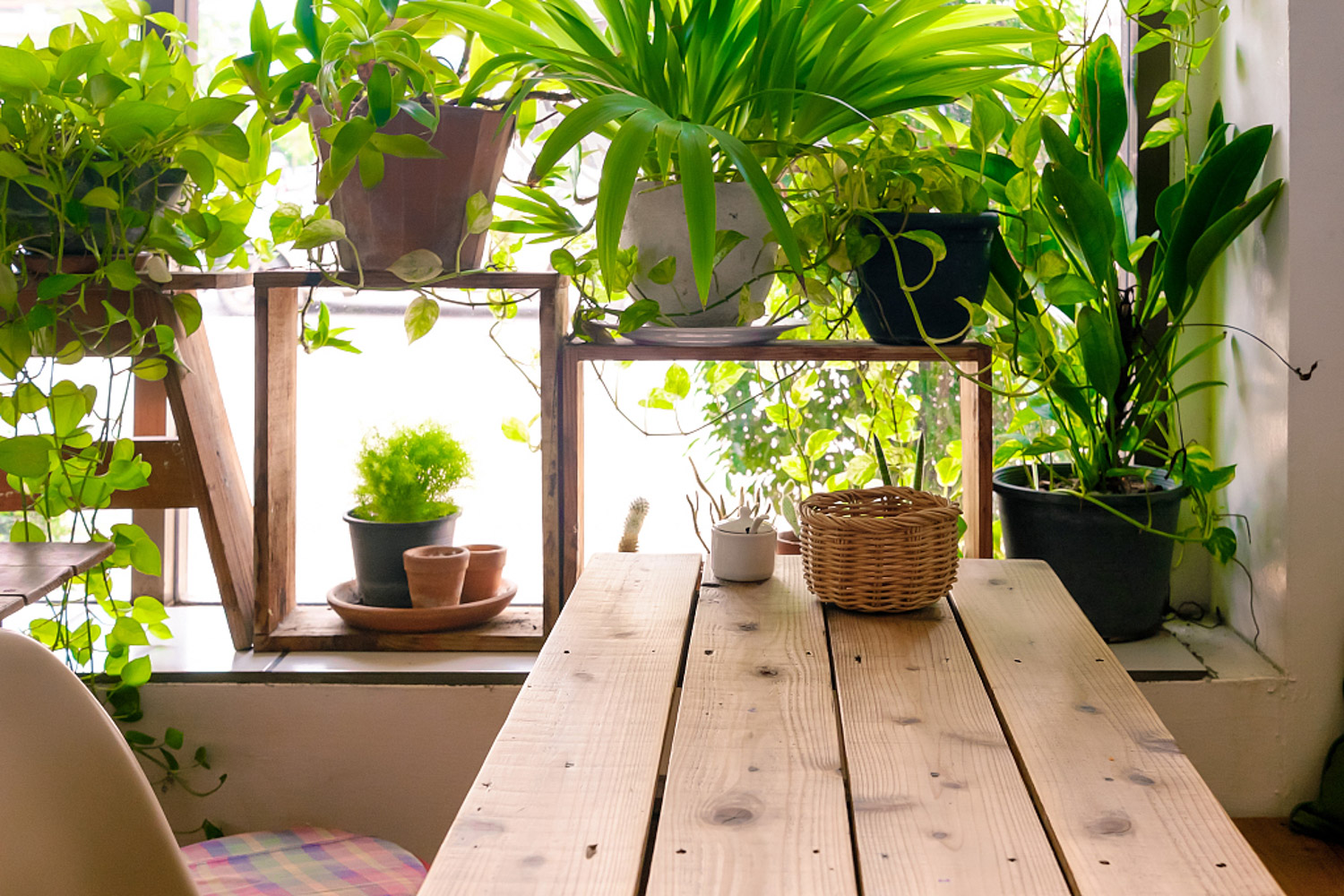
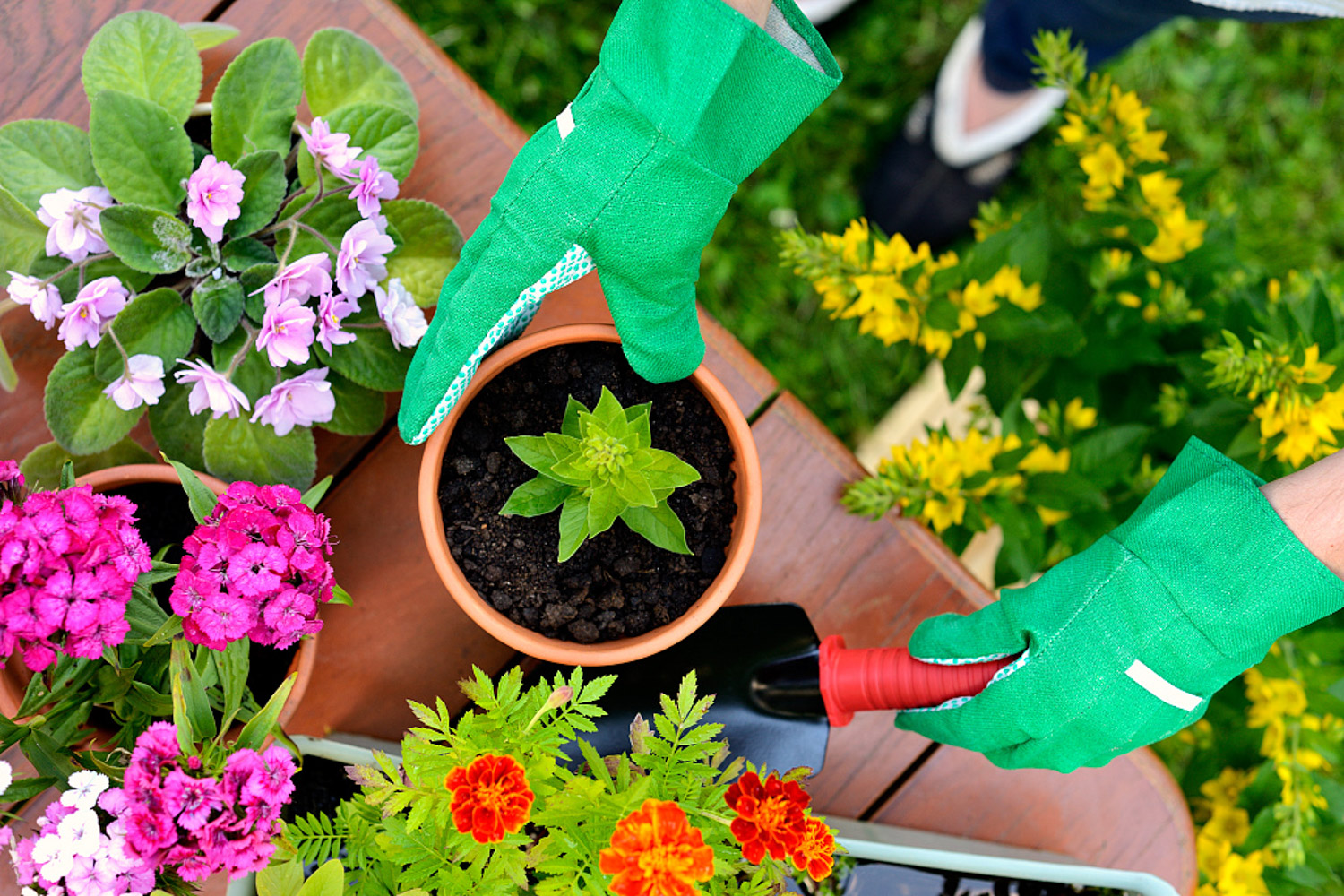
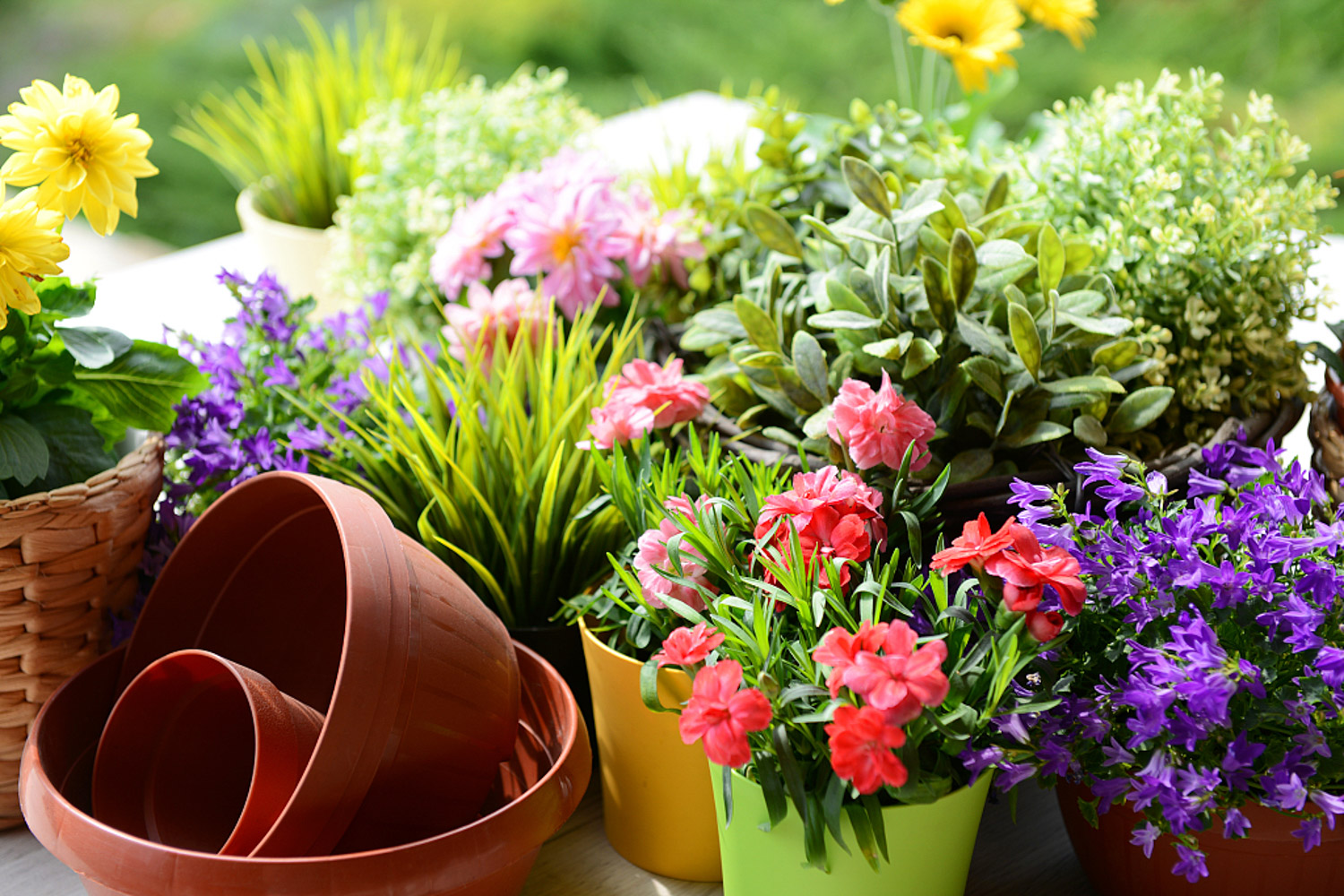
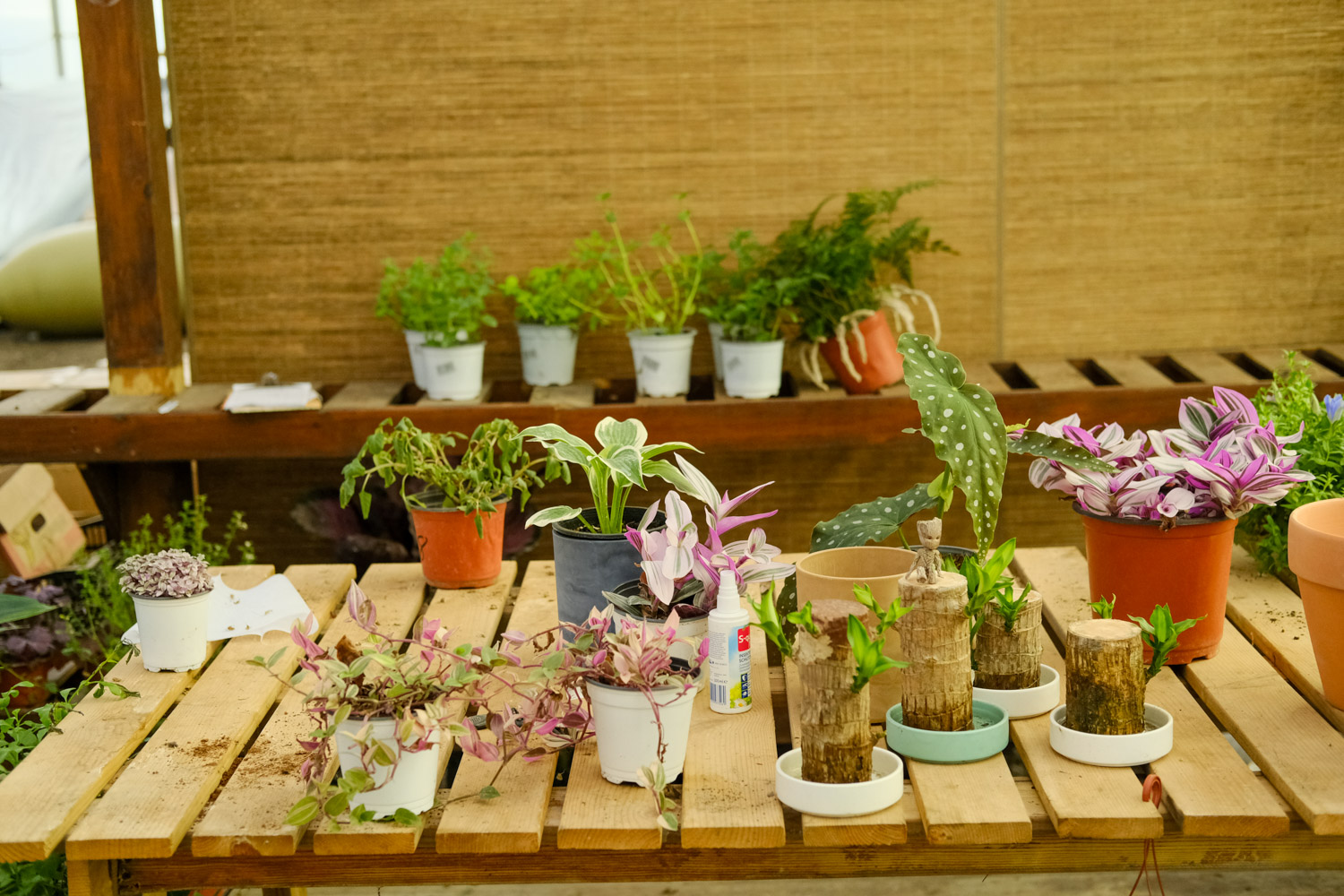
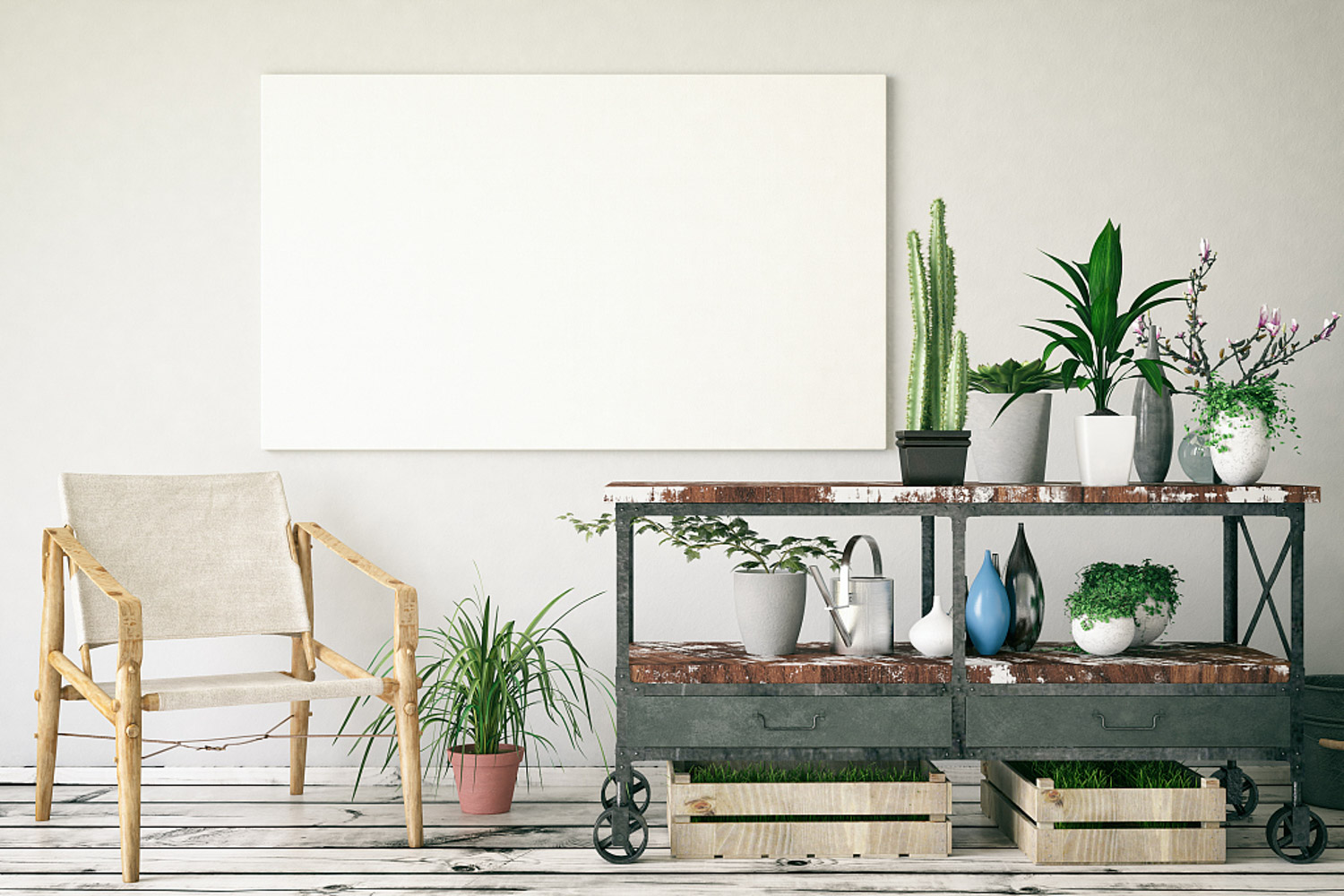
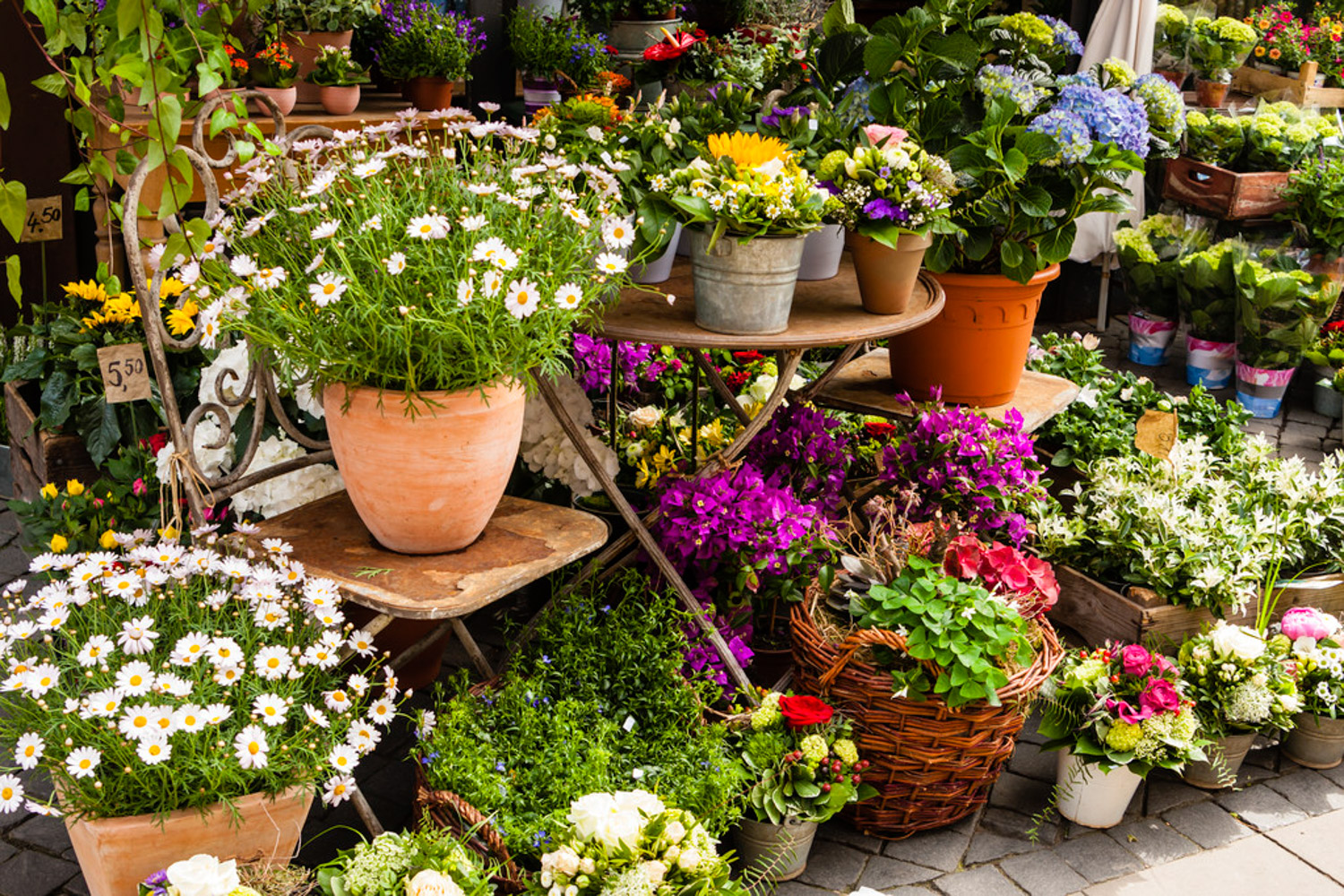


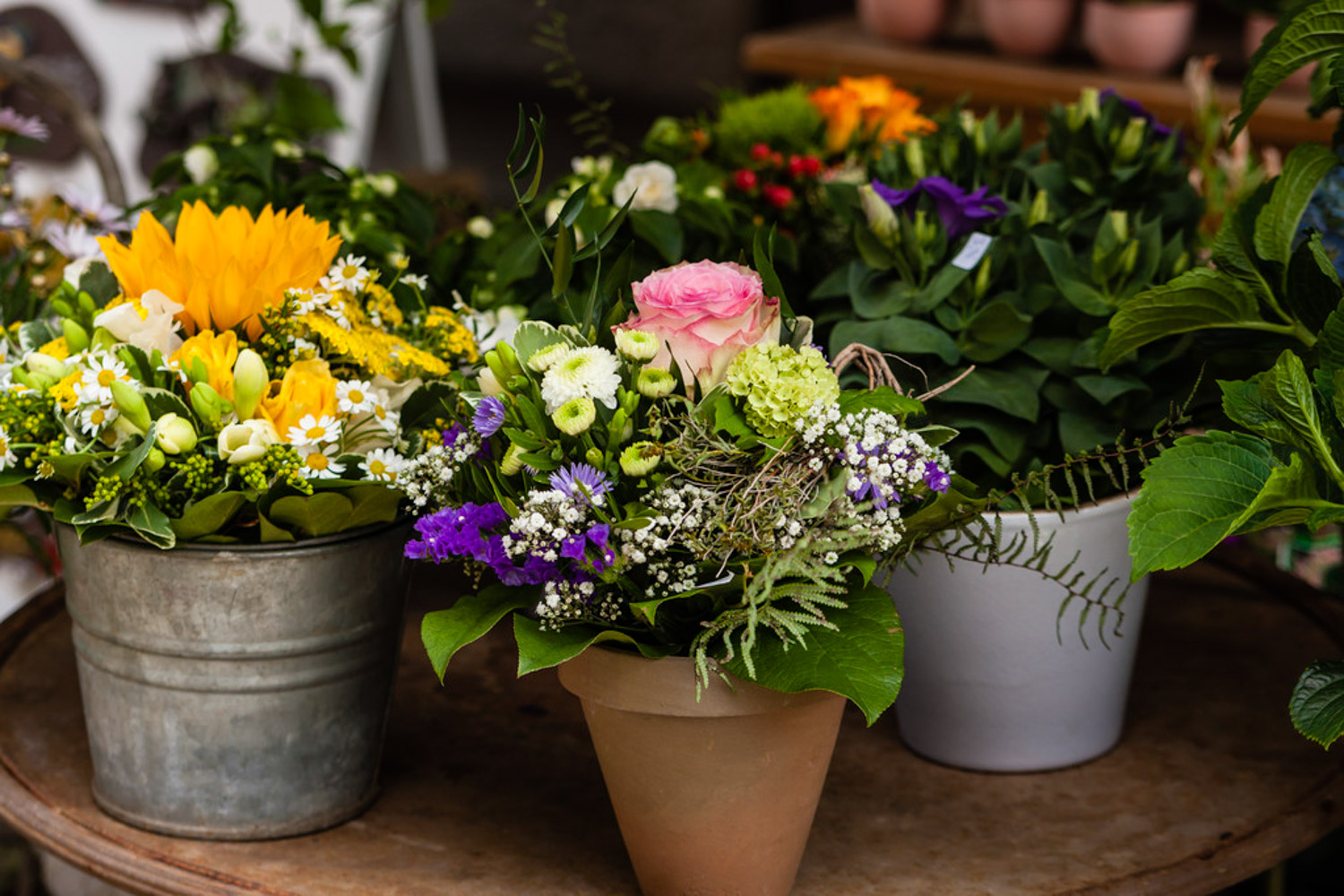
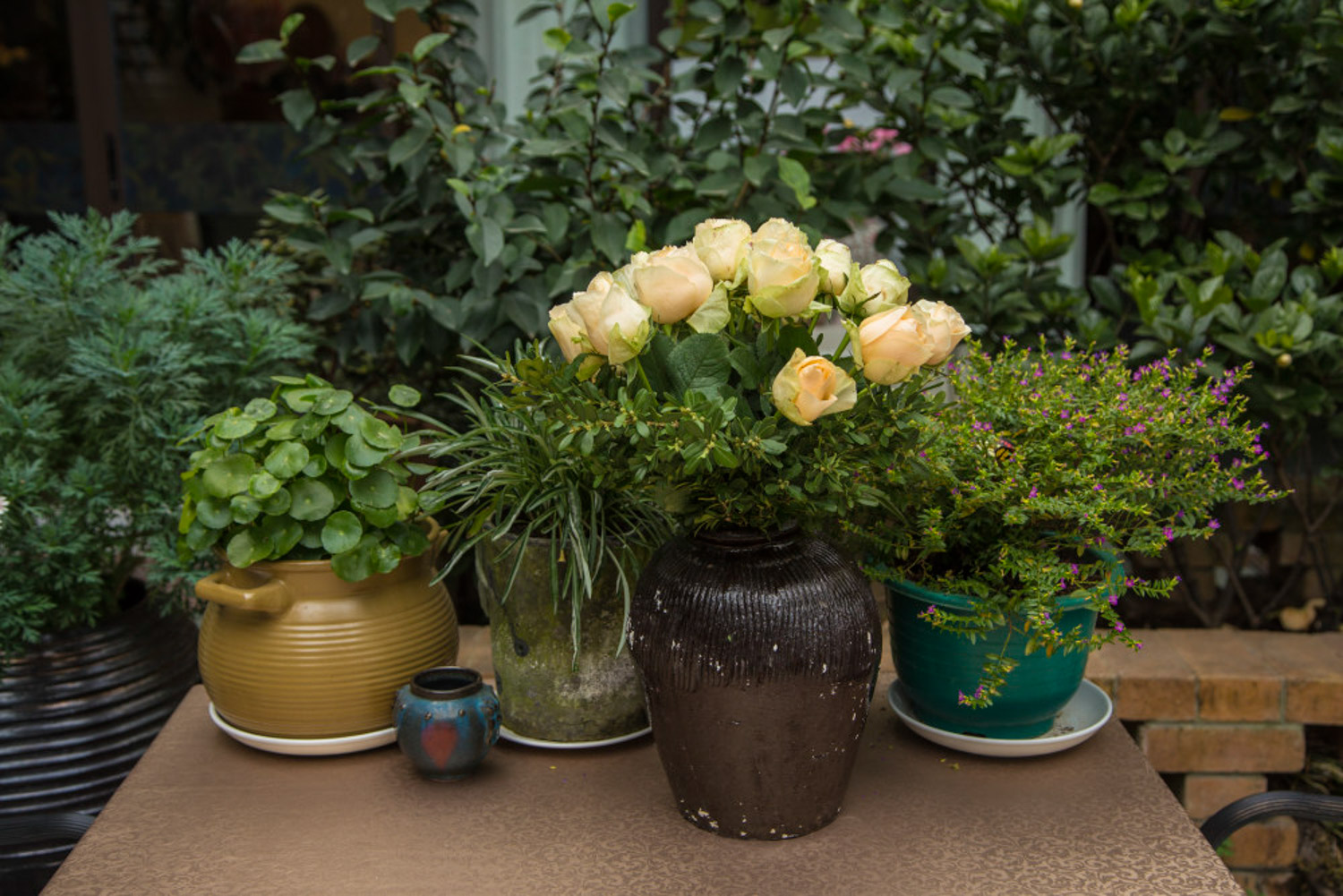
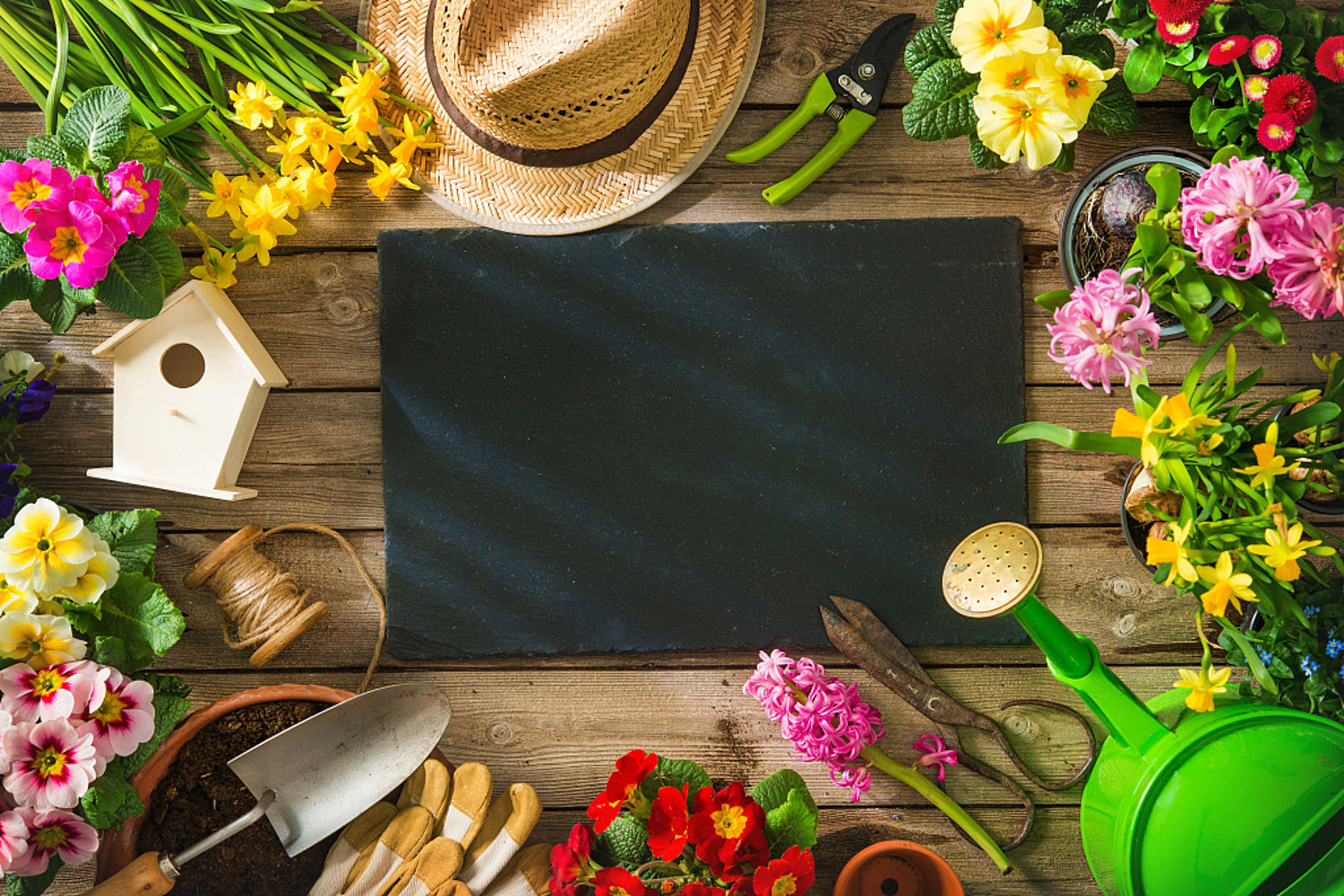
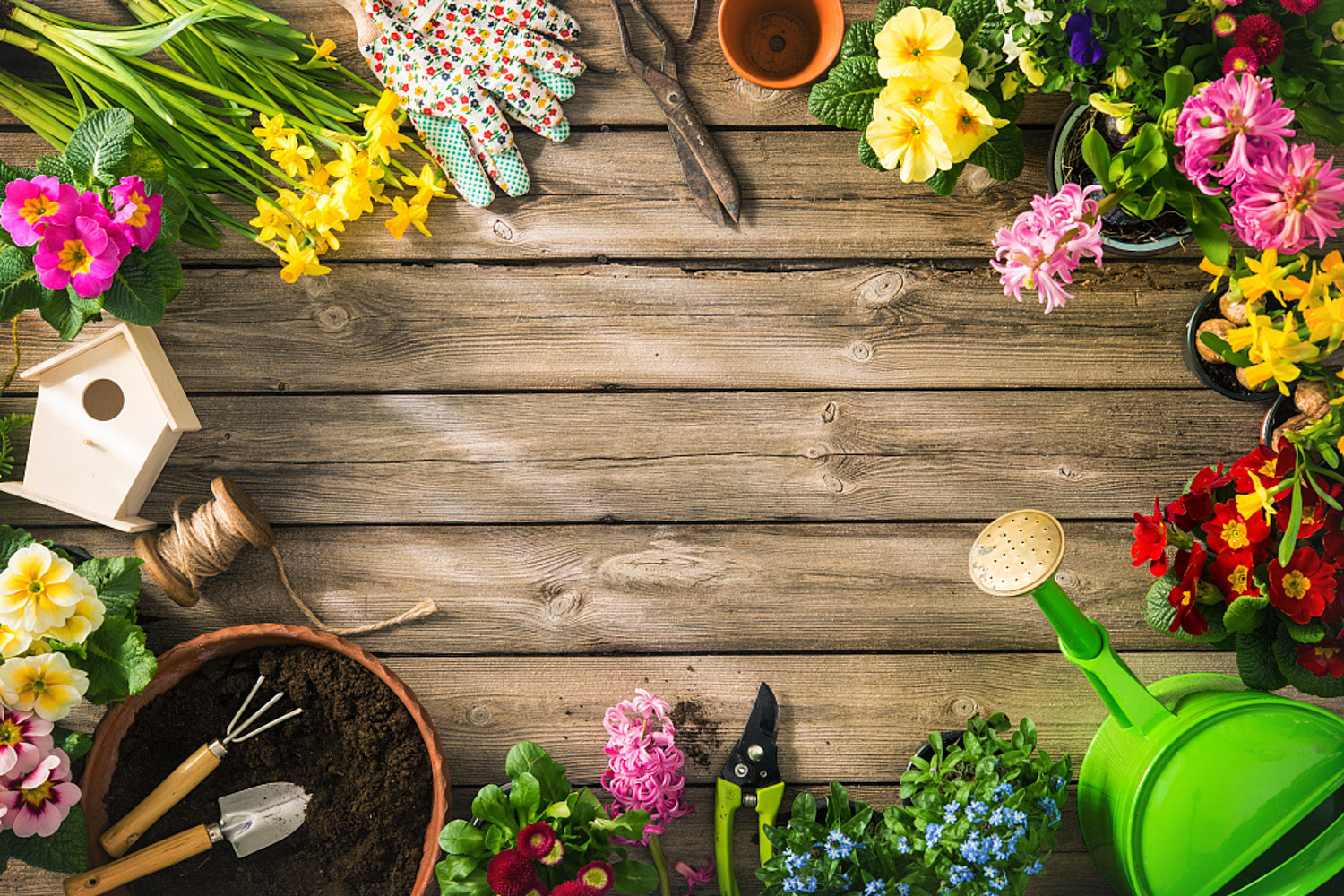
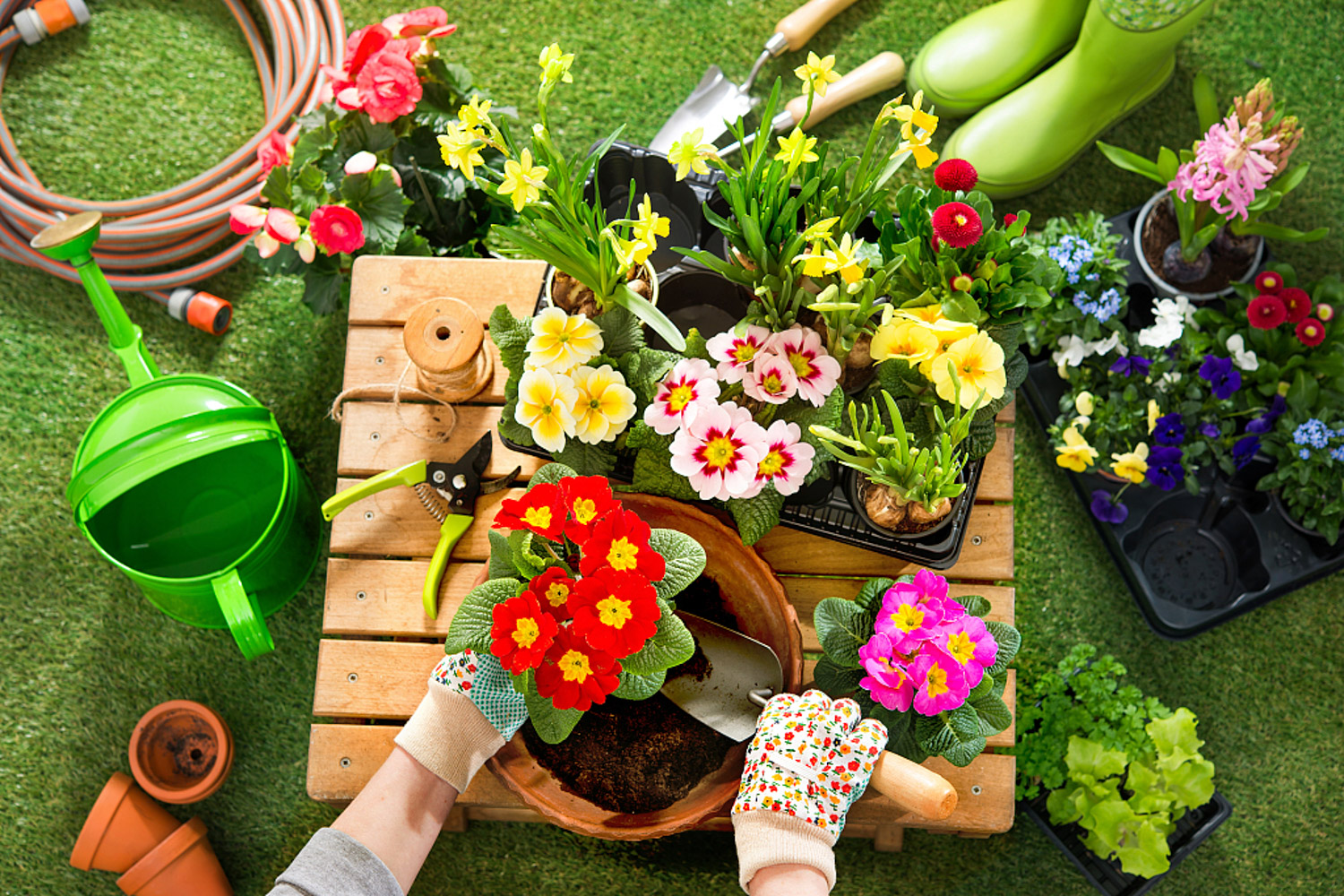


 jackfruit
jackfruit snake plant
snake plant hibiscus
hibiscus hydrangea
hydrangea lavender
lavender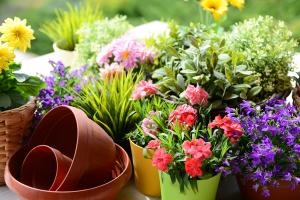 Green roses climb al...
Green roses climb al...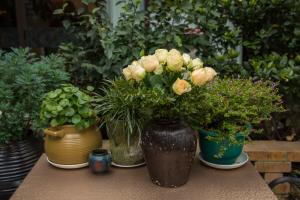 If you don't pay att...
If you don't pay att... Management of four g...
Management of four g...

